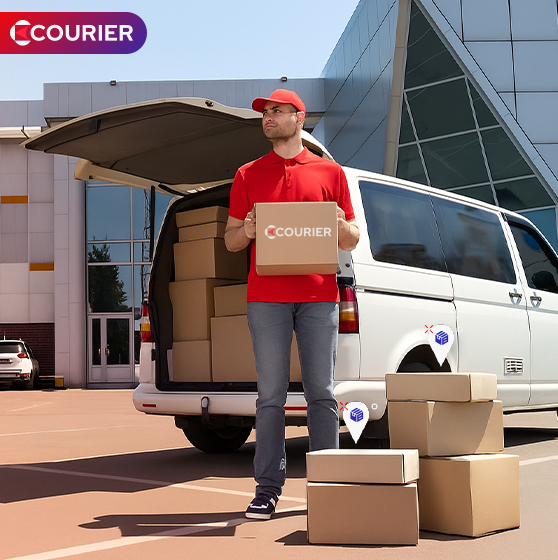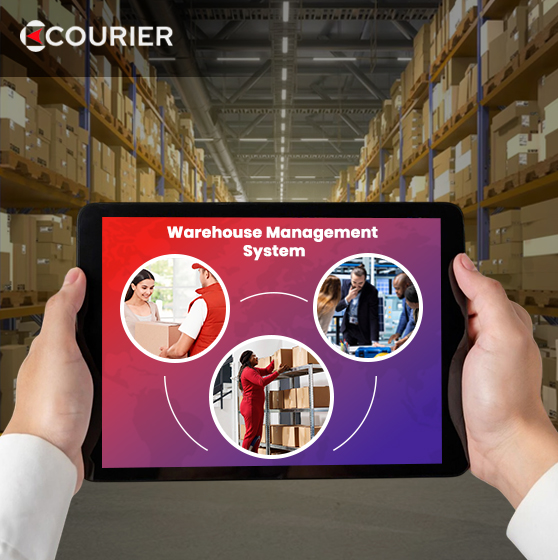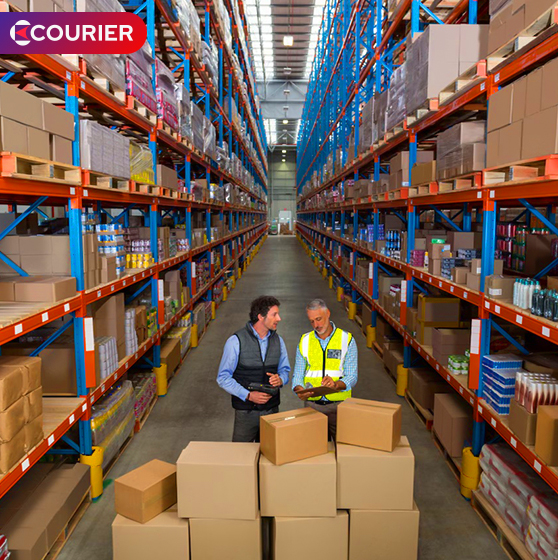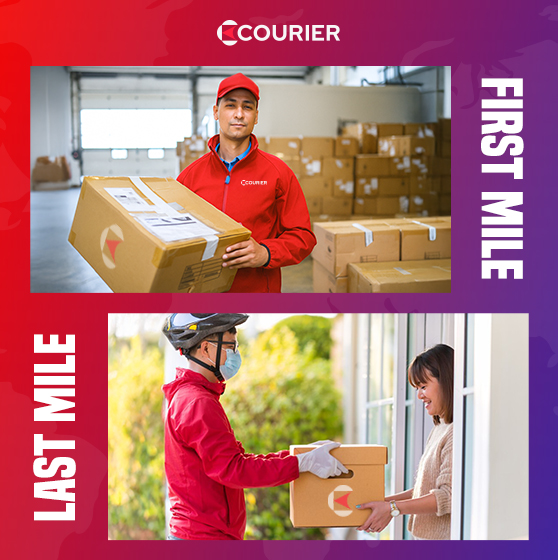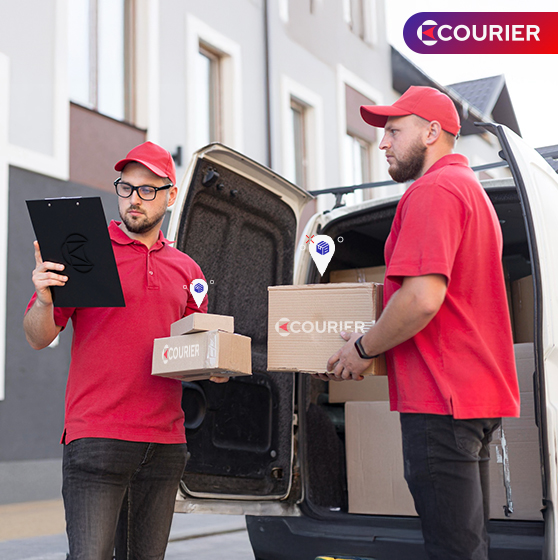
In the fast-paced world, consumers expect quick delivery. To meet their expectations, e-commerce brands are optimizing their logistics solutions.
Optimizing logistics plays a crucial role in maintaining the business’s competitive edge. By delivering products and services more effectively, you can ensure consumer satisfaction.
One of the most effective deliveries of products and services is the last mile delivery.
It is the final stage of the delivery process. The stage involves the transportation of goods and services from the distribution center to the end consumer.
Last mile delivery plays a pivotal role in shaping the consumer experience. Also, it determines the efficiency of an e-commerce brand’s supply chain.
As the demand for more reliable delivery is growing, it is safe to say that last mile delivery is here to stay. But what does the future of last mile delivery hold? What are the trends of last mile delivery today?
This blog will answer all these questions. So, be ready to witness the scope of last mile delivery in the future.
Summary: The rising e-commerce brands and consumers’ growing demand for faster and reliable delivery mark the future trends in last mile delivery. Not to mention, the coming of newer technology also impacts its function.
Though the final stretch of last mile delivery has its challenges and becomes a costly affair, it is an unavoidable part of logistics.
Table of Contents
Why Last Mile Delivery Matters?
Last mile delivery is an essential part of the modern supply chain. But what is final mile logistics?
Last mile logistics, also known as last mile delivery, is the final part of the delivery process. This phase involves moving a package from the transportation hub to its final destination, which can be the customer’s doorstep. The stage enables consumers to track their packages from the transportation center to their homes.
It forms a crucial part of the delivery process, and companies ensure they integrate it into their operations. The reason is that the last mile offers a quick and dependable delivery system.
Companies are adopting the last mile to meet growing consumer expectations and demands for fast and reliable delivery.
As we explained last mile delivery, let’s understand why it is so important.
- With the last mile, you can foster fast and trustworthy deliveries. As consumers can track their package, it facilitates transparency. It thus leads them to believe in the company. As a result, with fast and reliable delivery, you can uphold customer loyalty.
- With the rise of online shopping, customers demand speedy and transparent deliveries. This is where the last mile comes into play. With its real-time tracking feature, customers can locate their parcels. The feature gives customers a sense of control over their package. And that leads to meeting their expectation of fast and transparent delivery.
- As e-commerce businesses grow, they create a competitive landscape. To stay ahead of the curve, it is essential to optimize the last mile delivery. With streamlined last mile, you can make a difference in the delivery process, and it helps increase your reputation as an e-commerce brand.
- Last mile delivery is crucial, and yet it is the most expensive leg of the delivery process. Bringing innovations in last mile delivery can help reduce costs. Urban warehouses, predictive shipping, and autonomous delivery are the innovations that can help reduce delivery costs. As a result, you can spend your money on enhancing the quality of the goods and services.
Challenges and Obstacles in Last Mile Delivery
Last mile delivery can be the most expensive part of a company’s supply chain. But what can make it so expensive? The unpredictability of delivering parcels or sending packages to remote locations can be a factor that adds to the expenses.
Besides the expense, there are several challenges in last mile delivery. These are as follows:
Locations and Accessibility
The locations are a significant challenge in the last mile delivery process. E-commerce platforms want their products and services to be accessible to everyone. For that, they need to ensure proper logistics that would commit to delivering their products to multiple locations.
From remote rural locations to congested cities, you can send your products to a myriad of customers. However, handling deliveries in multiple locations can be challenging in the last mile.
Using automated systems, e-commerce brands can ensure transparency in the movement of the delivery vehicles. They can track and establish communication between the delivery fleet and the grounding staff.
As the movement of the fleet is visible, it allows companies to keep the customers informed of their package details. Knowing the details of their package, customers can rely on the company and their logistics services.
Increasing Costs
Last mile delivery makes up a staggering 53% of the total shipping cost. Thus, it makes it the most expensive part of the entire supply chain.
Often, same-day delivery poses a challenge and increases the cost in the last mile.
The demand for same-day delivery puts immense pressure on businesses to optimize delivery routes. So, how to combat the challenge?
Businesses can shift to last mile delivery innovations like dynamic route planning software to optimize delivery routes. Using such software can also help reduce fuel costs, idling time, and driving time.
Impact on the Environment and Sustainability
The e-commerce growth contributes to the surge in the use of vehicles. That leads to an increase in carbon emissions.
The environmental impact of carbon emissions has become a significant challenge for last mile delivery. It is by using fast and sustainable logistics that businesses can meet the challenges.
Using Outdated Technology
Many companies use outdated logistics processes. Due to that, they face problems with real-time visibility. Since customers also track their packages, this practice becomes a cause of concern and leads to customer dissatisfaction.
To ensure effective delivery, businesses can include GPS tracking software and predictive analytics as part of last mile delivery trends.
How Technology Reshapes the Future of Final Mile Delivery?
Last mile delivery faces backlash because of high operational costs and inefficiencies. However, it forms an integral part of the entire logistics process.
To ensure businesses can optimize their logistics, it is essential to develop new technology trends in last mile delivery.
The use of technology not only enhances the last mile experience but also transforms the future of last mile delivery.
What was once impossible is now becoming the greatest possibility, thanks to technology.
Earlier, it was a dream for customers to receive parcels instantly or on the same day. But now with same-day delivery systems, customers can get their order delivered to their doorstep in hours. It therefore leads to high customer satisfaction.
There is also another instance.
Delivering goods to remote and congested locations was once a troublesome job. Now, the implementation of robotics and drones can make the delivery experience seamless and faster.
Top 15 Last mile Delivery Trends
Last mile delivery is undergoing a rapid transformation. The changing customer expectations and the emergence of newer technologies led to the transformation.
Keeping these driving forces in mind, businesses are seeking faster, cheaper, and more reliable package delivery. It is what the customers are demanding.
To meet the growing demands of convenient delivery, businesses are making changes to their logistics strategies.
Combining last mile delivery with new technology can help companies stay ahead in the logistics landscape. From implementing automated systems to adapting sustainable practices, various trends in last mile delivery are gradually emerging in 2025.
-
Route Planning & Optimization Tools
Businesses use optimization tools and route planning to ensure on-time deliveries with minimum fuel consumption. As a result, it boosts efficiency in last mile delivery. Also, it reduces the number of vehicles needed for the delivery.
Route planning and optimization tools also offer real-time insights into weather conditions and traffic. It thus allows fleet drivers to navigate delays and make an informed decision.
-
Real-Time Tracking with AI Capabilities
Real-time tracking has made a significant impact in 2024. Combined with AI capabilities, the new trends in last mile delivery enable predictive analytics.
With the power of predictive analytics, companies can foresee their potential challenges. It therefore allows them to adopt new strategies that will streamline their operations. With such a level of real-time insights, the future of the last mile seems promising.
-
Urban Warehousing and Cross-Docking
Long-distance transportation has been a crucial challenge in last mile delivery. With urban warehousing and cross-docking, businesses are now reshaping the future of last mile logistics.
These processes save storage time and handling expenses. Thus, it boosts efficiency in businesses to implement last mile delivery.
-
On-Demand Warehousing
The greatest challenge of last mile delivery is the transportation cost. To avoid that, how about storing the parcels in nearby locations? With on-demand warehousing, businesses can find temporary storage space for keeping customers’ orders.
It is a cost-effective and flexible solution for businesses that want to optimize their inventory. With such trends, you not only save money on transportation but also monitor your inventory.
-
Micro Fulfillment Centers
The trend of same-day delivery often allows businesses to optimize their resources. They may end up spending more money on vehicles to deliver goods to the customers’ doorsteps.
To ensure customers are getting a good same-day delivery experience, businesses are utilizing micro-fulfillment centers.
It is an ongoing trend that allows businesses to store products closer to urban locations. With such trends, companies can reduce in-transit times and shipping costs.
-
Contactless Delivery
The pandemic made contactless delivery a popular trend. The trend is now reshaping the innovations of last mile delivery in a broader aspect.
Many people look for “leave at the doorstep” services. To cater to their needs, many retailers and food delivery brands are implementing contactless delivery. It ensures no physical contact between the customer and delivery personnel, thus ensuring zero risk of disease transmission.
-
Eco-Friendly and Sustainable Practices
Sustainability is a growing trend in almost every industry. Even in last mile delivery, we cannot overlook the importance of sustainable and eco-friendly practices.
Sustainable practices like bicycle delivery services and electric bikes will help protect the environment. Additionally, using such practices will help enhance brand reputation.
-
Same-Day Delivery and Instant Delivery
Trends that have transformed the future of last mile delivery are same-day delivery and instant delivery.
Customers do not want; they rather expect their orders to be delivered in hours and not days. Implementing such a trend in your logistics services will enhance customer satisfaction. As your customers are happy, they will build loyalty for your products and services.
]You may also find middle mile delivery insightful]
-
Omnichannel Retailing
Another trend in last mile delivery is omnichannel retailing. It is a trend that allows customers to either shop online or visit physical stores.
With this trend, many e-commerce brands could improve their customers’ shopping experience. As customers are satisfied with shopping from the brands, it helps them enhance their reputation, which leads to profitability.
-
IoT or Internet of Things
The Internet of Things is one of the top trends that promises to revolutionize last mile delivery. It comprises devices like trackers and sensors that provide real-time insights into deliverables.
To streamline logistics operations, companies can integrate IoT into their systems. It will provide them with a means to monitor the deliverable location and conditions. After identifying the potential issues, they can fix them at once.
-
Robotic
Robotics is a new trend that comes with a promise to transform future last mile delivery. From sorting parcels to delivering them, robotics plays an effective role in all these areas.
Using robots will reduce human labor costs. Also, it will ensure optimization in inventory management and proper delivery of packages to the designated spaces.
-
Drones
For quick and seamless last mile delivery, drones can be a reliable trend to follow. Congested and remote locations that experience heavy traffic can make use of drones to deliver products.
Besides avoiding traffic, drones can also help reduce the carbon footprint, which is a common concern with the increase in vehicles in conducting the last mile.
-
Autonomous Vehicles
The use of autonomous vehicles will revolutionize the future of the last mile. These are self-driving vehicles that run 24/7. Thus, they ensure delivery around the clock.
By using autonomous vehicles, businesses can eliminate the need for human drivers. It becomes difficult for human drivers to navigate narrow streets. However, autonomous vehicles don’t have to worry about such problems. It thus makes the last mile delivery faster and reliable.
-
Artificial Intelligence & Machine Learning
AI and Machine Learning are becoming a core part of last mile delivery. With such trends, businesses can predict customer demand.
Analyzing the demands can help them boost delivery efficiency. Also, it helps them optimize logistics operations to ensure a better and convenient last mile.
-
Crowd-Sourced Options
Crowd-sourcing can be a reliable option for businesses to save money on shipment costs. With crowd sourcing, companies are allocating local courier services to deliver parcels to particular locations.
It is a trend that boosts scalability in e-commerce businesses. Furthermore, it offers faster delivery solutions at times when demand fluctuates.
Also you might find first mile vs last mile interesting
How Businesses Can Prepare for the Future?
The rise of e-commerce and tech advancements contributes to the last mile delivery future. It is the high consumer demand for speedy delivery that fuels the growth of the last mile.
To meet customer expectations, businesses need to optimize their logistics strategies. Implementing different trends can help you prepare for the future.
But how is it going to do that?
It will achieve this by preventing the challenges associated with last mile delivery.
We know that the demand for a fast delivery process among customers increases the number of vehicles. The increased number of vehicles leads to rising carbon emissions. As a result, it has a severe impact on the environment.
To reduce carbon emissions and protect the environment, businesses can go for green delivery solutions. For instance, they can use electric bikes to ensure fast and environmental-friendly last mile delivery.
Last mile delivery ensures the package reaches the customer’s doorstep from the transportation center. Often, that doorstep can lead to remote and congested locations.
Such factors can delay the in-transit times, making the customers restless. To reshape the future of last mile delivery innovations and challenges, businesses can leverage advanced technologies such as drones and robotics.
These high-end technologies will avoid the traffic constraints and ensure reliable delivery even in the most congested lanes.
To ensure your logistics operations run smoothly, you should adapt to the growing technology trends. It will not only boost the efficiency of last mile delivery but also reduce substantial costs.
Additionally, with effective last mile delivery, companies can enhance customers’ online shopping experience. Thus, it will help increase brand loyalty and reputation.
Make The Last Mile Delivery a Satisfying Customer Experience with the Courier Platform
As of now, the future of last mile delivery is promising; it is essential to leverage the solutions. Our courier platform is here to make the last mile worthwhile for you.
With our delivery options, we ensure you create effective last mile delivery for your customers. From drayage to supply chain optimization, we provide all the logistics solutions that you need for your customers.
We understand that customers have faith in companies that ensure the reliable delivery of products. Keeping this in mind, we are committed to providing innovative and dependable logistics solutions.
Explore our logistics solutions to make the last mile a satisfying experience for your customers!
Recent Posts




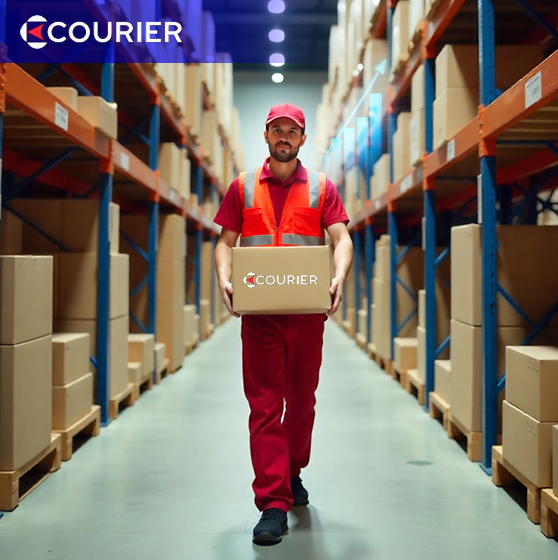
 25th September , 2025
25th September , 2025 
